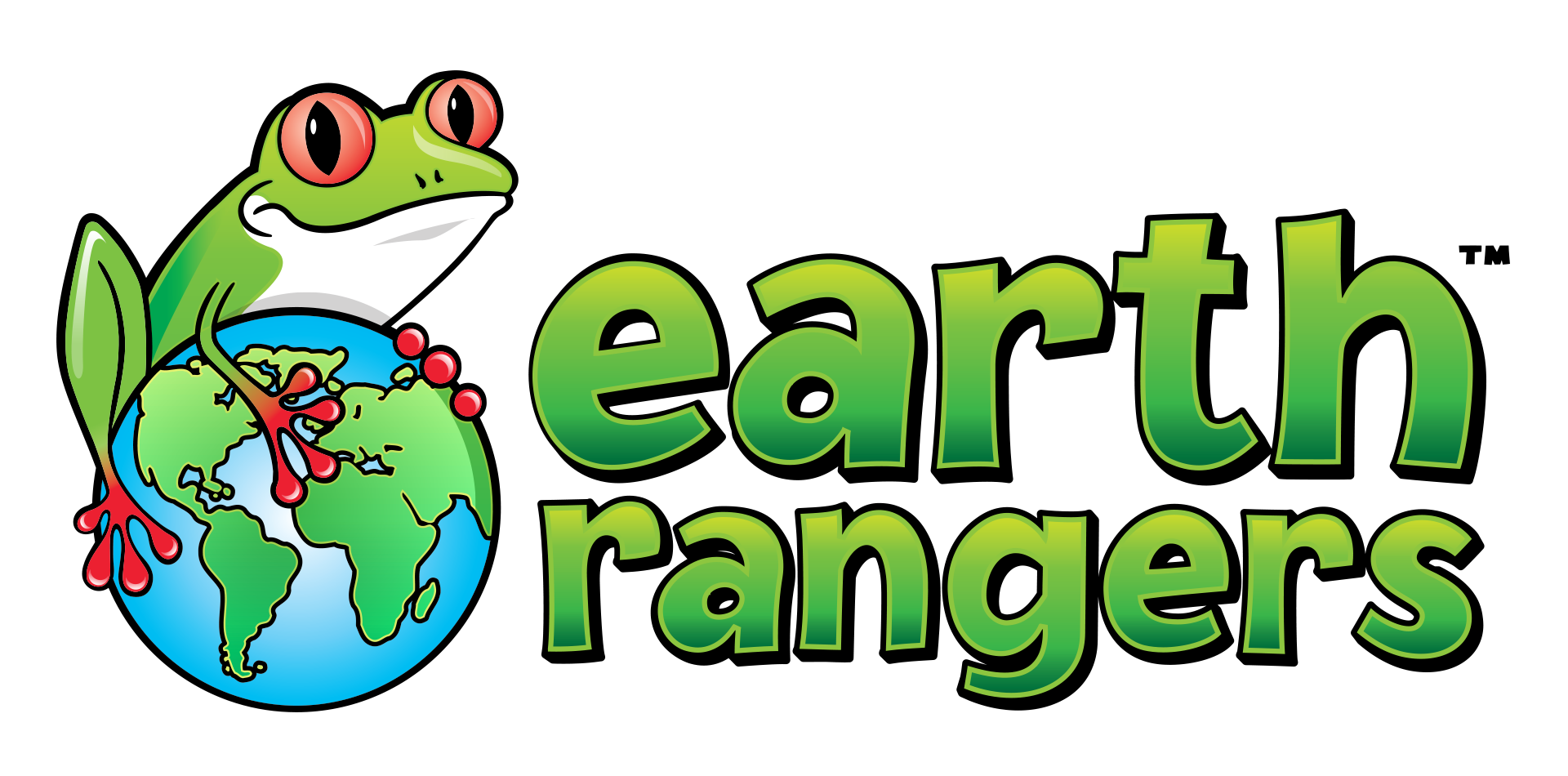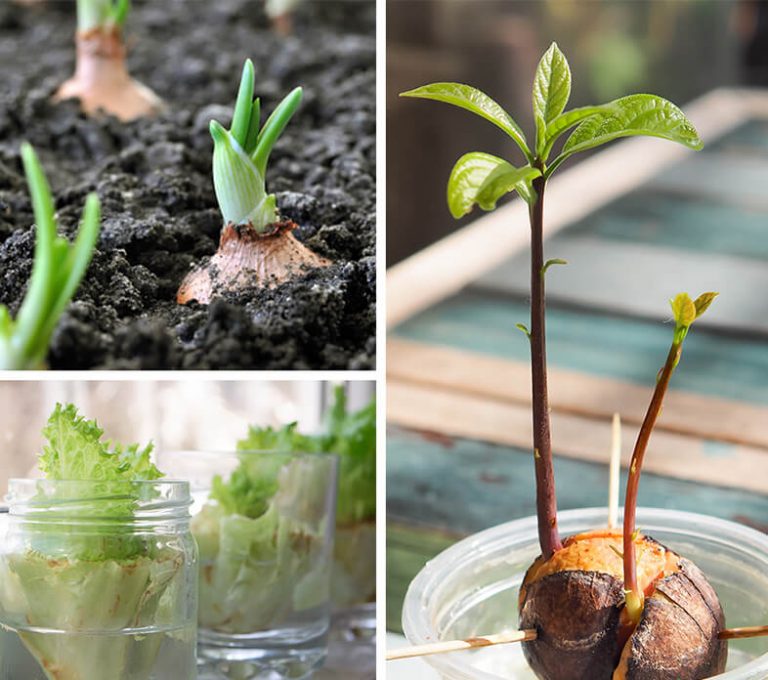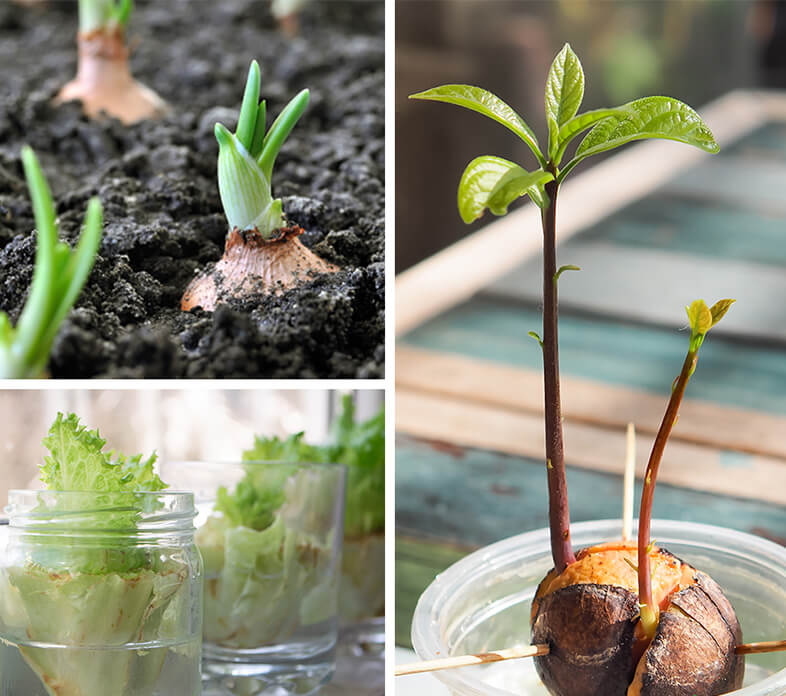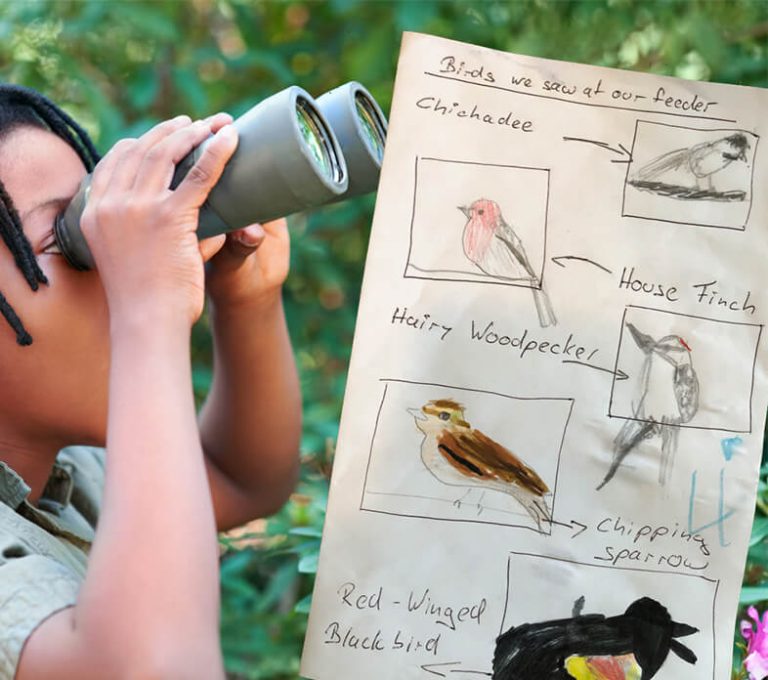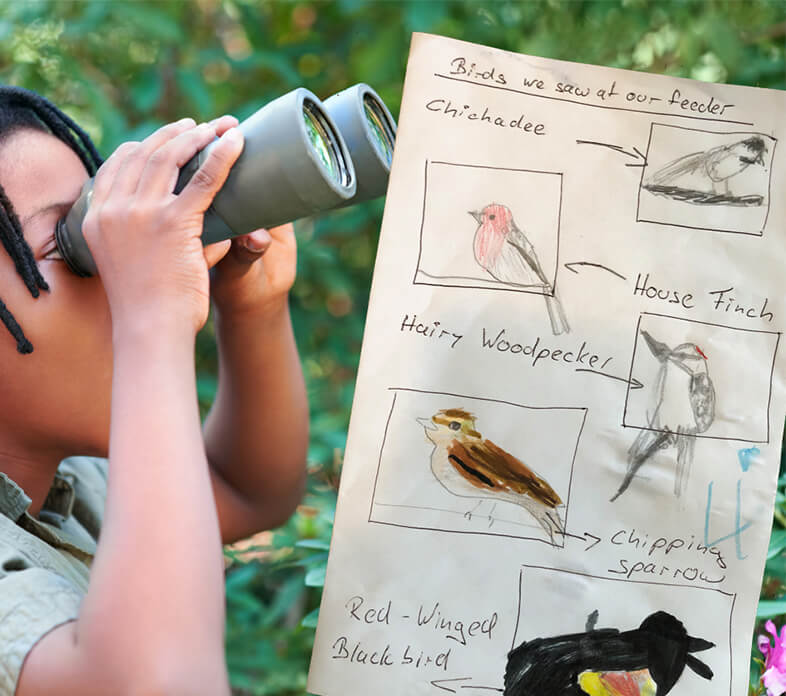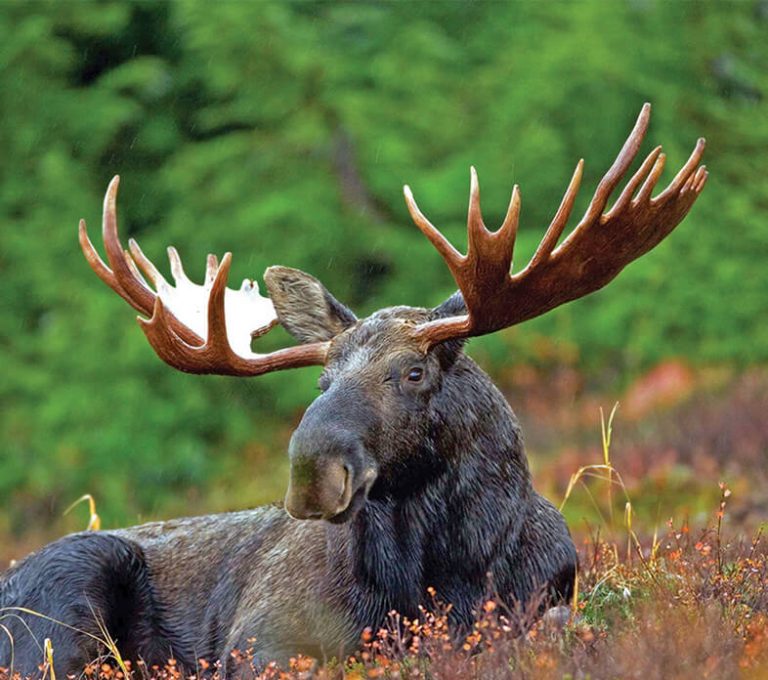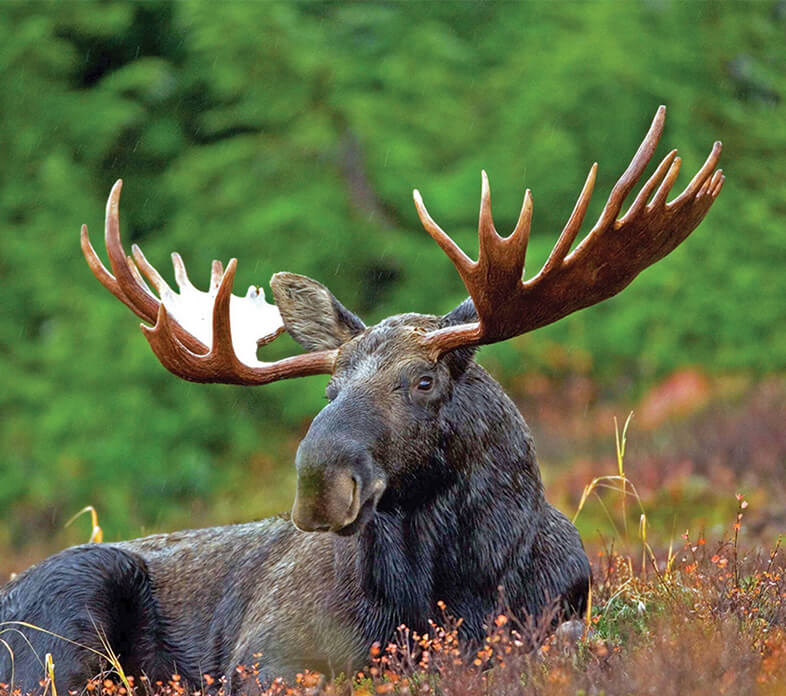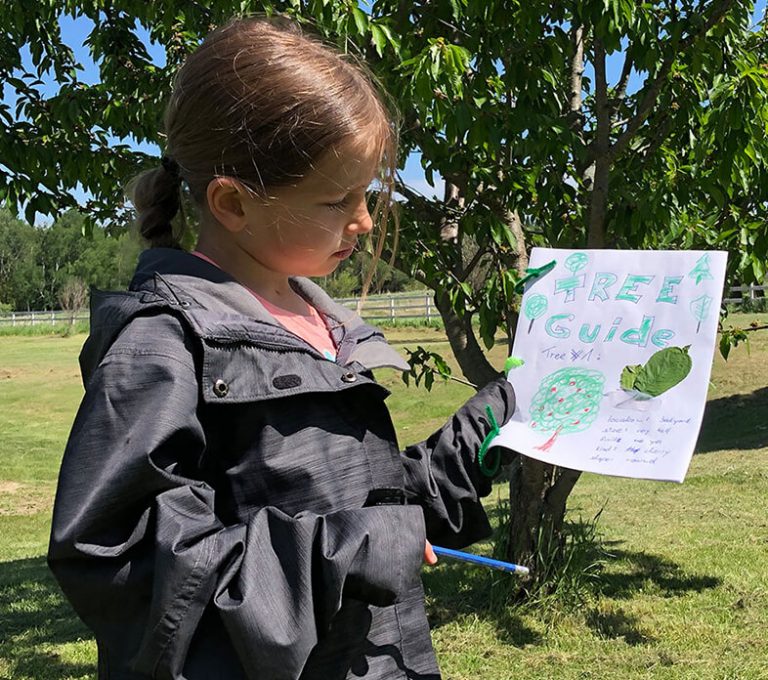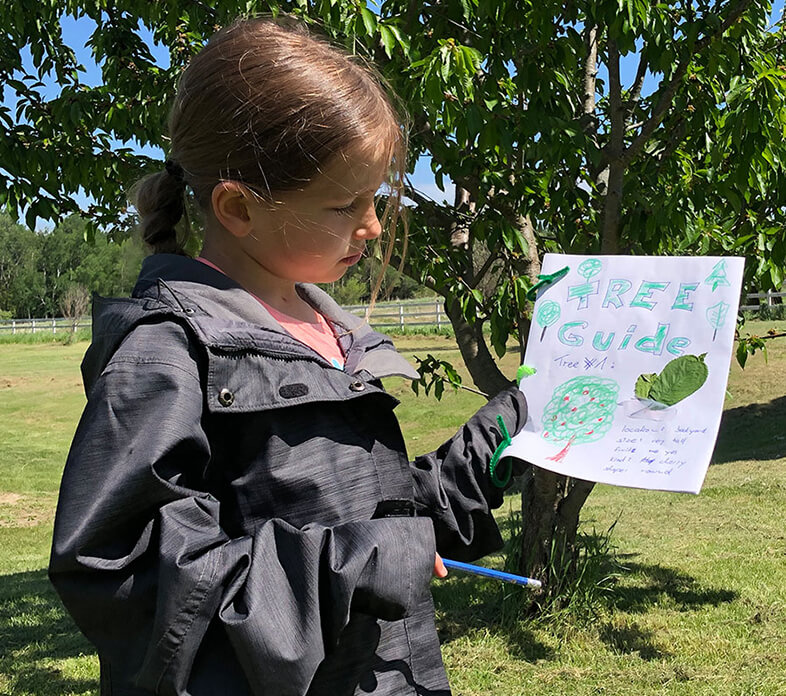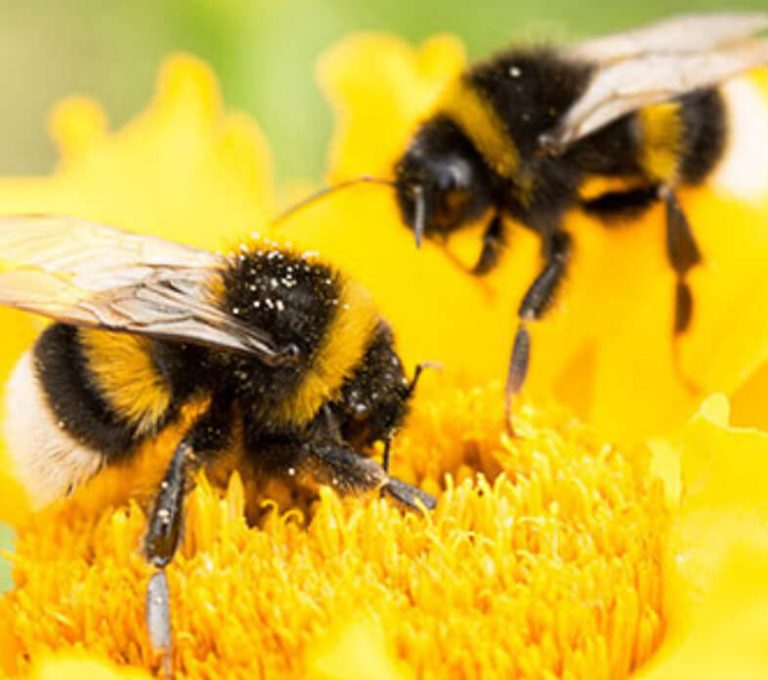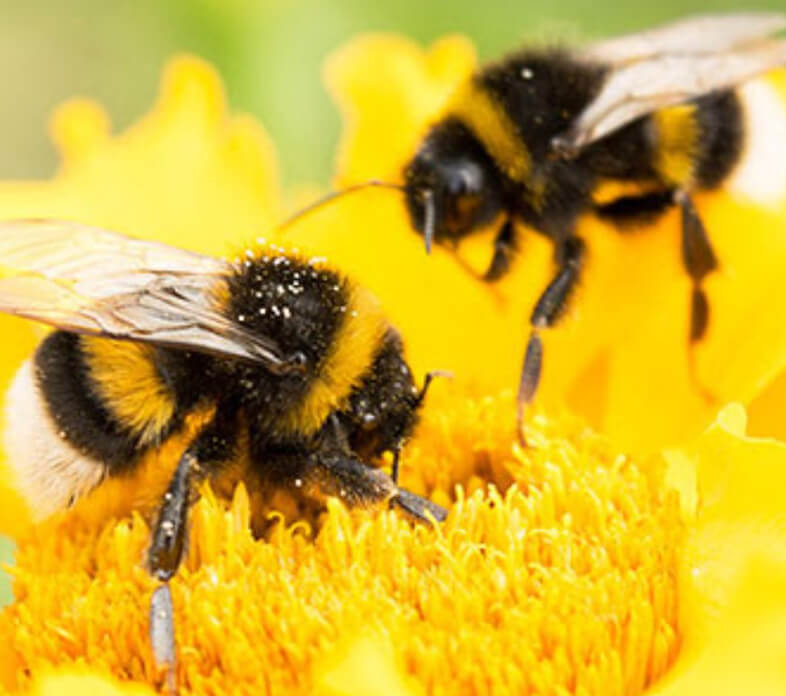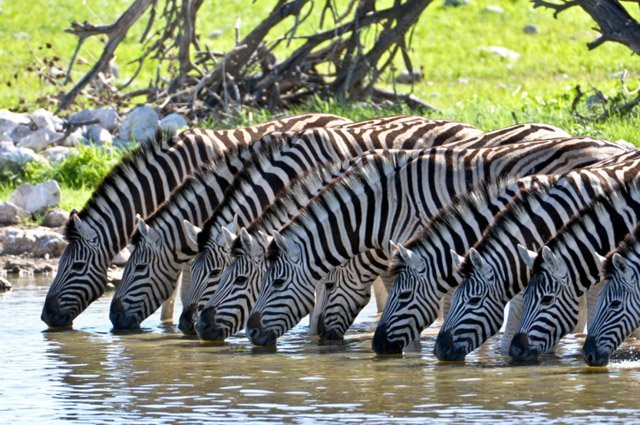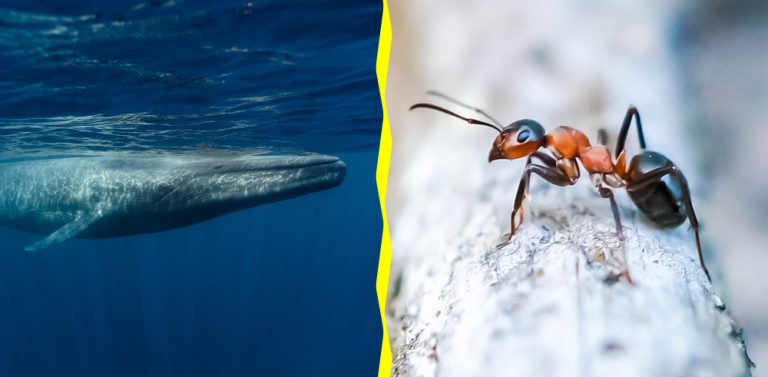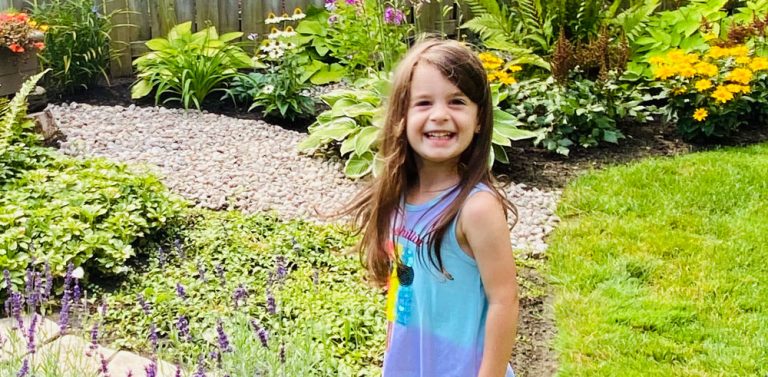Plushie Palace

Do you have any extra boxes lying around? Put them to good use with a DIY stuffed animal sanctuary, fit for your fave plush pals!
Here’s what you need:
Here’s how you make it:
Step 1:
Figure out how you want to build your plushie palace. You could make a tall tower with levels for each of your plushies, or maybe you’ll build a house for one — try a few different layouts until you find your favourite!
TIP: Use tape to attach your boxes, if you need it.
Step 2:
With the help of an adult, cut openings for the doors that will connect your plushie’s rooms.
Step 3:
Add a roof by folding a piece of cardboard in half and placing it on top of any open boxes. Depending on the shape of your plushie palace, you might need more than one roof!
Step 4:
Now it’s time to decorate. Get creative and go wild!
When you’re done, help your plushies move into their new home!
